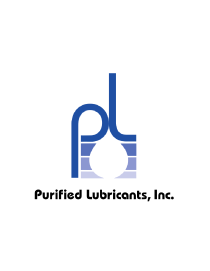Lubricant formulations are constantly being modified and improved. This means it’s not always possible to have experience with new formulations in order to compare them with your in-service lubricants. While today’s formulations are designed to be superior to those developed 10 years ago, how can you confirm this? More importantly, what information is needed that will allow you to make comparisons between lubricants?





